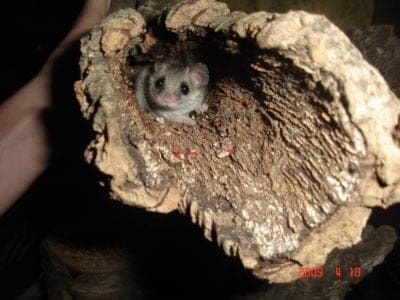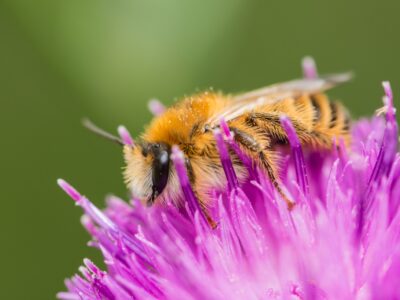Below you can find a complete list of Moroccan animals. We currently track 236 animals in Morocco and are adding more every day!
Morocco has a variety of native and introduced animals, although it lacks many large mammals. The Mediterranean climate of the coast and Rif mountains contrasts with the forested Atlas mountains and the arid climate of the Sahara Desert. 490 recorded species of birds, over 90 species of reptiles, over 20 species of bats, a dozen species of whales and dolphins, and 105 species of mammals are just some of the fauna within its range of terrain and climate types boasting 40 ecosystems.
The Official National Animal of Morocco
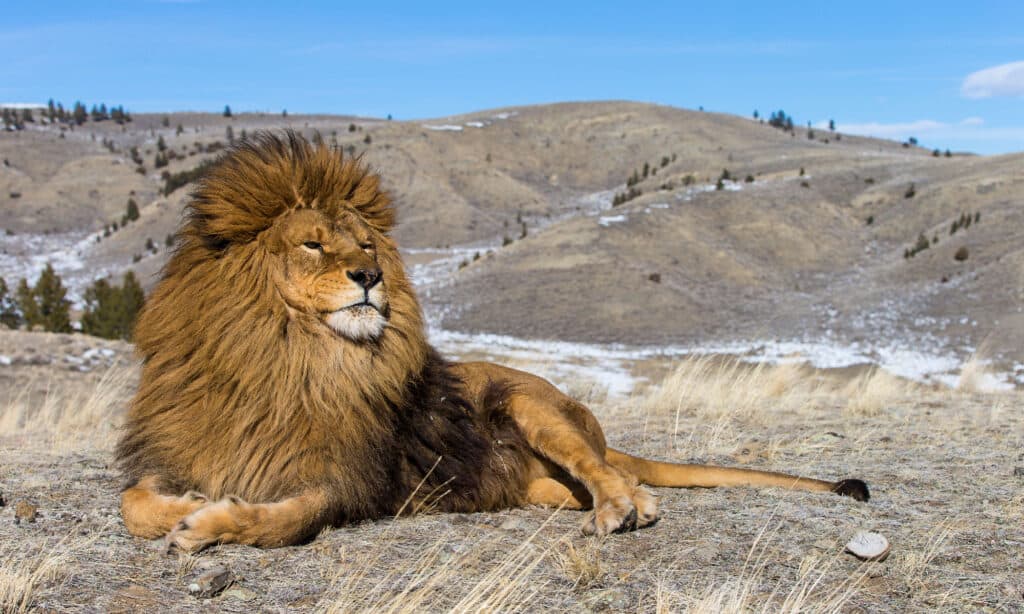
©Dennis W Donohue/Shutterstock.com
The Barbary lion is the official national animal of Morocco. It is commonly depicted in clothing featuring the Moroccan flag colors, while the Moroccan coat-of-arms has two lions supporting the shield.
The Barbary lion is also called the Atlas or Nubian lion and is native to the Atlas and Rif mountains and the forests of Morocco, Algeria, and Tunisia. Unfortunately, since the killing of the last Barbary lion in 1922, this species has been extinct in the wild.
Where To Find The Top Wildlife in Morocco
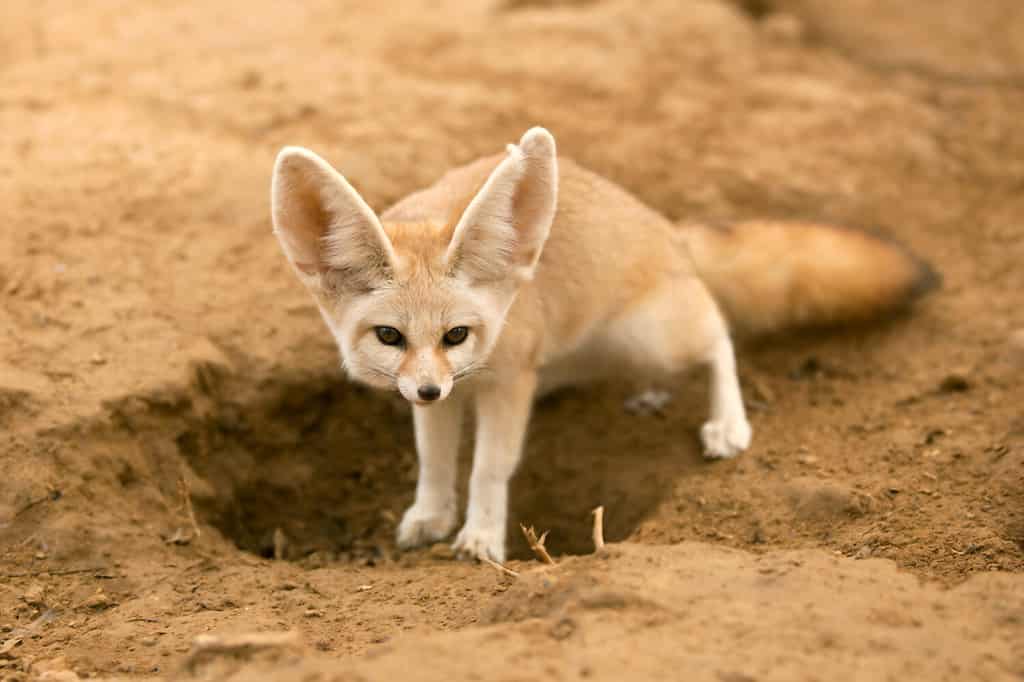
Fennec foxes are native to Morocco.
©hagit berkovich/Shutterstock.com
The top wild fauna in Morocco are those native to the country or to North Africa itself and are mostly terrestrial, forest, and desert-dwelling. Due to the harsh climate, the government protects its many ecosystems with national parks, national reserves, sanctuaries, lakes, and other nature and wildlife areas that are open to the public.
Toubkal National Park near Marrakesh is the oldest and most visited, while Parc Zoologique National in Rabat has a breeding program for the almost-extinct Barbary lion. You can see Nile crocodiles at Crocodile Park. People taking desert tours are likely to see the Fennec fox, Dorcas gazelle, golden jackals, addax, gerbils, rodents, snakes, and lizards.
Top 10 Animals of Morocco
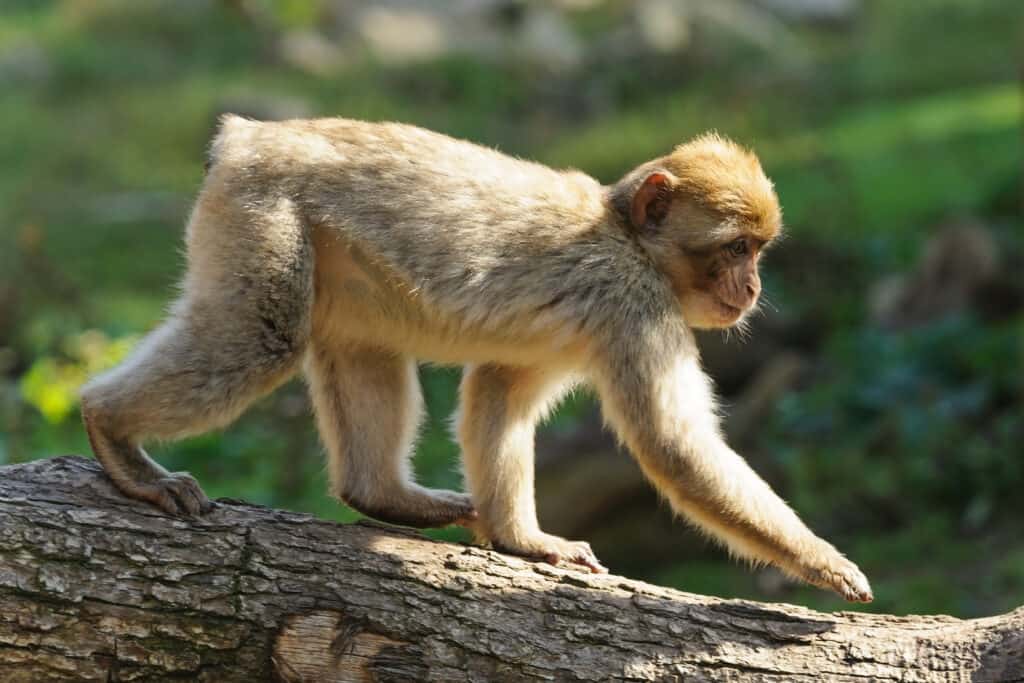
Barbary macaques are found in Morocco.
©Natalia Paklina/Shutterstock.com
Morocco is home to many species of animals, both wild and domesticated. The most common species include camels, sheep, goats, horses, donkeys, and mules. Other native species found in the country are hyenas, jackals, foxes, and a variety of birds, such as eagles and storks.
Many of these animals can be seen living in large herds throughout the countryside or in smaller groups near villages and towns. In addition to these land-dwelling creatures, several marine animal species inhabit Morocco’s coastal waters, such as tuna fish, sea turtles, and dolphins. There have even been cases where whales have been spotted off the coast!
Generally, however, the top 10 wild fauna in Morocco are:
- Fennec fox, a fox noted for its huge ears and native to the Sahara desert
- Common gundi, a small rodent that lives in rocks
- Barbary ground squirrel, a small rodent that lives in burrows
- Sand cat, also called sand dune cat, is a species that resembles the domestic cat but with a desert habitat
- The Moorish wall gecko, also called the European common gecko, crocodile gecko, Salamanquesa, and the common gecko, is found in urban areas.
- Barbary sheep, a subspecies of the wild sheep
- Crested porcupine, a terrestrial animal
- Egyptian mongoose, a mongoose species that live in forests, scrubs, and savannahs
- The Barbary macaque, also called the Barbary ape, is an Old World true monkey with a variety of habitats.
- North African hedgehog, also called the Algerian hedgehog, closely resembles the European hedgehog and lives in mixed-forest habitats.
The Most Dangerous Wildlife In Morocco Today
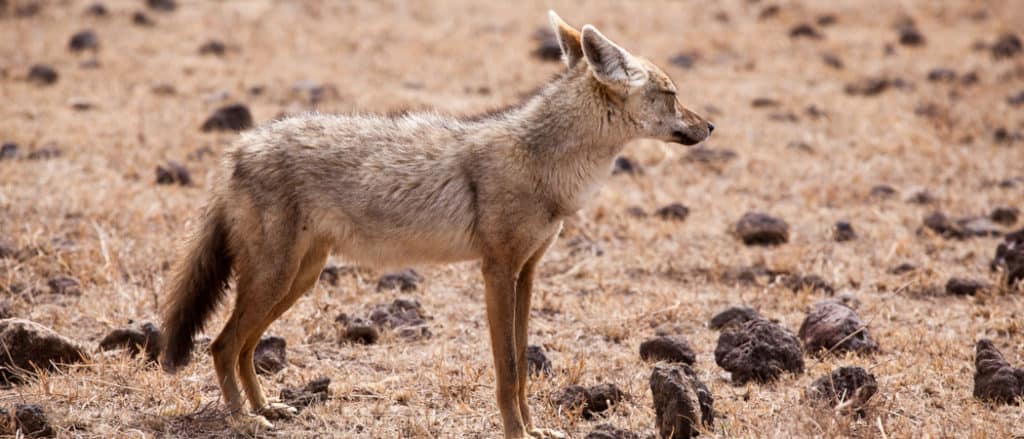
African golden wolves are on the list of dangerous animals in Morocco.
©iStock.com/Anya Newrcha
Although there aren’t very many dangerous animals in Morocco, it doesn’t mean you should overturn rocks and logs with abandon. There is some dangerous wildlife you are more likely to encounter while hiking or traveling in the desert or mountains:
- Scorpions: 30,000 scorpion bite victims are reported every year, with a death rate of 3.8%, predominantly in Marrakesh. Out of 50 species, 22 are venomous.
- Snakes: The puff adder, Indian cobra, Egyptian cobra, and horned viper are the most venomous of the 200 venomous species from the more than 3,000 snake species in the country, with their bites causing paralysis and death; hundreds of snakebites are reported every year.
- Flic-flac spider: This is a species of huntsman spider that lives in the Erg Chebbi sand dunes, and although it’s not deadly, its bite causes infection.
- Palm rats: Also called black rats or roof rats, they live in and around palm trees, carry diseases, and can attack people.
- African golden wolf: Established as a new canine species, this wolf lives in the Atlas Mountains and eats large mammals.
- Striped hyena: Also called Barbary hyena, it eats the leftovers from hunts as well as fruits and vegetables.
3 Rarest Animals in Morocco
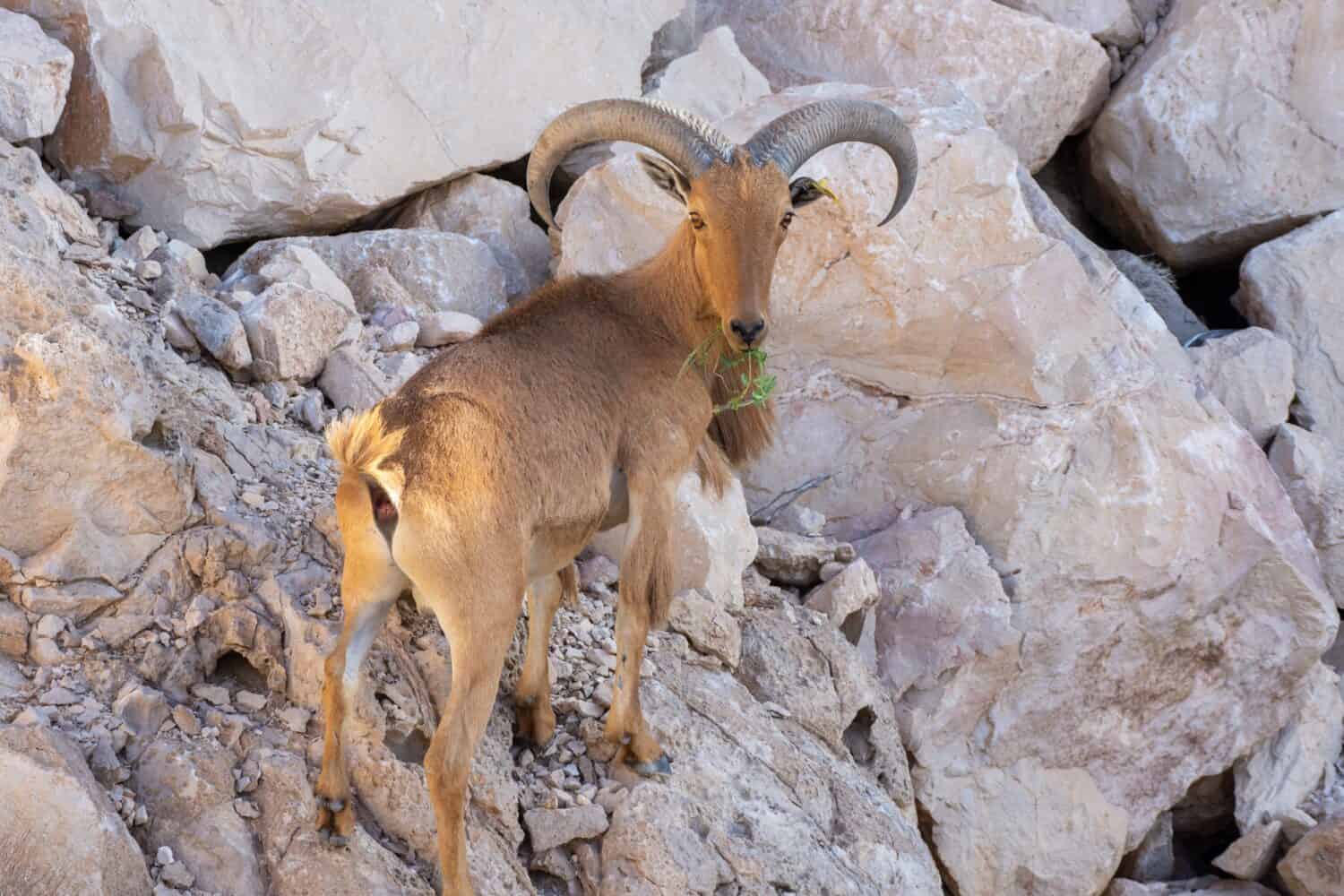
The Arabian tahr is a species of wild goat native to the Middle East and North Africa, including Morocco.
©kingma photos/Shutterstock.com
Three of the rarest animals found in Morocco are the Barbary leopard, Arabian tahr, and Cuvier’s gazelle. The Barbary leopard is an endangered species that is endemic to the Atlas Mountains in Northern Africa. It typically inhabits mountainous areas with dense vegetation and rocky outcroppings at altitudes between 5,000 to 10,000 feet.
The Arabian tahr can be found in areas of rugged terrain and steep slopes with sparse vegetation at high elevations, including the High Atlas Mountains. The Arabian Tahr is a species of wild goat native to the Middle East and North Africa, including Morocco. It has a thick brown coat with lighter underparts, short horns, and bearded cheeks. They have hooves adapted for climbing steep terrain, allowing them to inhabit rocky areas of their environment.
Finally, Cuvier’s gazelle live mainly on semi-arid plains or steppes near water sources such as springs or rivers. They tend to inhabit habitats characterized by sandy soils with low shrub cover and scattered trees for shade during hot summers.
3 Largest Animals in Morocco
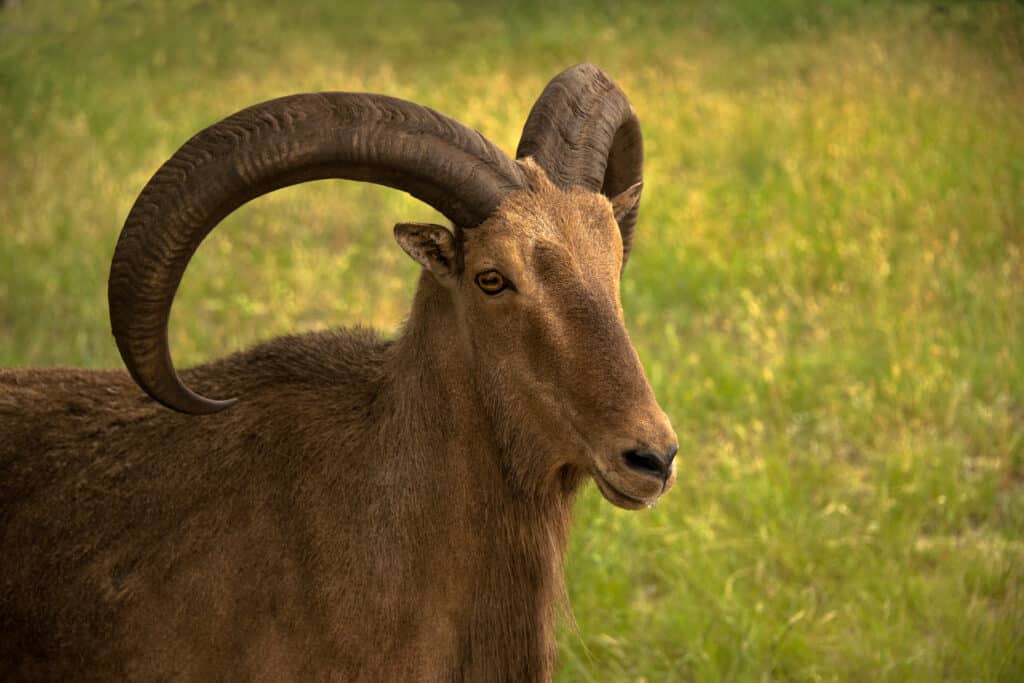
Aoudad ram sheep has large thick curved horns and lives in Morocco. They are also called Barbary sheep.
©iStock.com/WestwindPhoto
The three largest animals in Morocco are the Atlas lion, the Barbary leopard, and the Barbary sheep.
The Atlas lion is one of the biggest cats in Africa and can weigh up to 550 pounds. It once roamed throughout North Africa, but today, it only exists in captivity.
The Barbary leopard is also a large cat that can reach weights of up to 154 pounds. This species has become critically endangered due to loss of habitat as well as hunting for its fur.
Lastly, there’s the Barbary sheep which is natively found on rocky mountain slopes across Morocco, Algeria, Tunisia, and Libya. These animals can grow quite large, with some males reaching up to 440 pounds.
Unusual Wildlife in Morocco
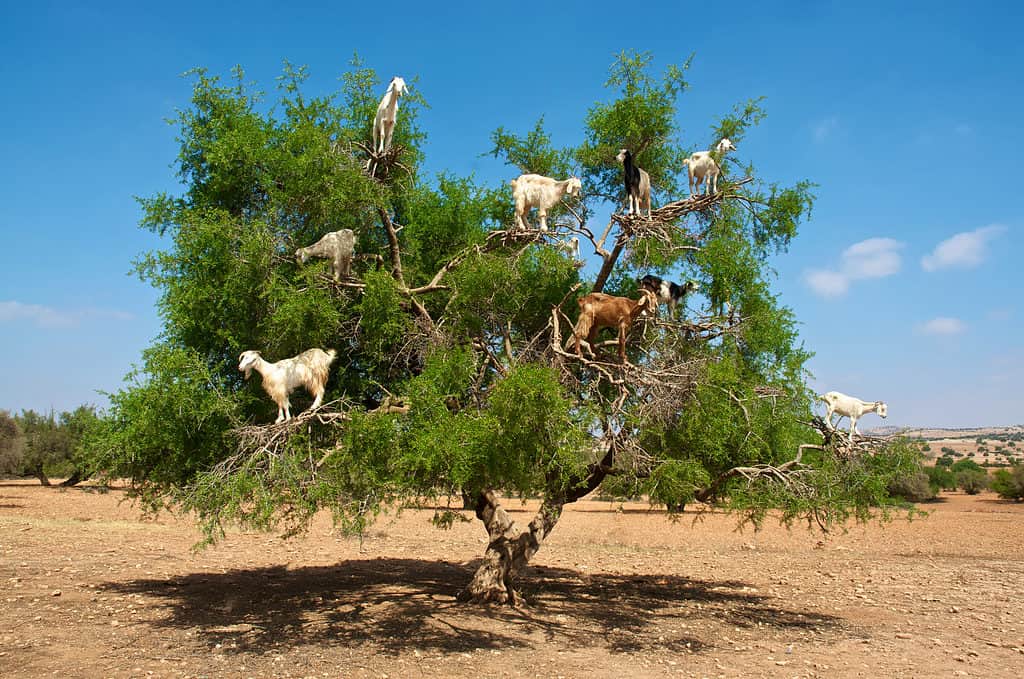
Moroccan goats are well known for their tree-climbing skills.
©iStock.com/aerostato
Tree-climbing goats eat the fruit of the Argan tree, the nuts from which Argan oil is made. Since the fruit is inaccessible from below, the goats have learned to climb the tree branches. You can spot them in the Sous Valley of southwestern Morocco.
The Berber skink or sandfish is another unusual animal. This yellow and black-striped species of lizard appear to swim through the sand of the Sahara desert.
Endangered Wildlife In Morocco
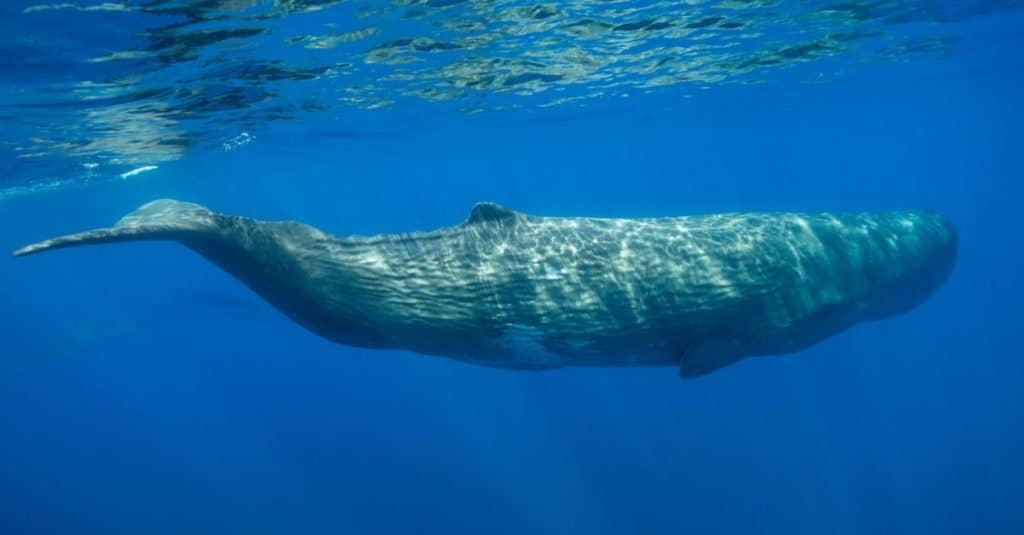
Sperm Whales are world-class divers. The mammals have been recorded descending to depths of over 3,280 feet and can go 90 minutes between breaths.
©wildestanimal/Shutterstock.com
Animals in Morocco are threatened due to a variety of factors, including habitat loss and fragmentation, poaching, overhunting, and climate change.
Habitat loss is the result of agricultural expansion and urbanization. As these activities continue to increase in Morocco’s cities and rural areas, natural habitats shrink or become fragmented. This leaves animals with less space to roam freely while also making it more difficult for them to find food or mates.
Poaching is an illegal activity that involves hunting animals for their fur or other body parts. This has had a devastating effect on many animal populations in Morocco. Over-hunting is another problem. When there is too much demand for certain species, such as antelope or gazelle, their numbers can quickly be diminished if their population isn’t managed properly.
Finally, climate change has caused shifts in weather patterns which can drastically affect some species’ ability to survive in certain climates — some animals may not have the capacity to adapt fast enough before they face extinction.
Morocco has 11 threatened bird species and 18 threatened mammal species. Common threats are overhunting, poaching, and global warming. Some of the mammal species listed as Critically Endangered, Endangered, or Vulnerable according to the IUCN Red List are:
- Barbary macaque
- Barbary sheep
- Dorcas gazelle
- Spanish mole
- Western gerbil
- Common bent-wing bat
- Mediterranean monk seal
- Short-beaked common dolphin
- Sperm whale
Extinct Wildlife in Morocco
The Barbary lion has been extinct in the wild since the 1920s. The West African crocodile, also called the desert crocodile or sacred crocodile, once lived in Morocco and several other African countries but is now extinct in Morocco. This species of crocodile is related to and often confused with the Nile crocodile but is smaller in size. Finally, the West African giraffe became extinct in 600 CE.
The Flag of Morocco

The flag of Morocco has a lot of symbolic meaning.
©iStock.com/Derek Brumby
The flag of Morocco is composed of a red field with a black-bordered green pentagram star in the center. It was enacted as the national flag over 100 years ago, on November 17th, 1915.
The flag of Morocco has a lot of symbolic meaning that is deeply rooted in the country’s history and culture. The interconnected green pentagram, which stands for the Seal of Solomon, represents wisdom as well as long life and good health. It also symbolizes the power of God to protect his chosen people from harm.
The red background on the Moroccan flag is meant to represent a strong spiritual connection between God and his followers. This connection binds together all Moroccans regardless of ethnicity or religion, creating unity within the country’s diverse population. Additionally, it signifies courage and bravery in the face of adversity, encapsulating Morocco’s strength throughout its tumultuous past and present.
Moroccan Animals
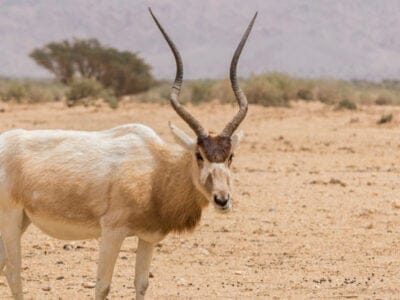
Addax
The hooves of the addax are splayed and have flat, springy soles, one of the adaptations that help it walk over sand.
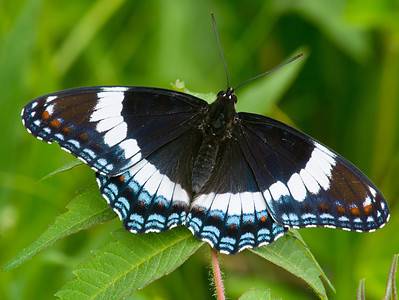
Admiral Butterfly
Stunningly beautiful wings

Aidi
The Aidi's cheerful personality and relaxed temperament are just two reasons why this dog is a good choice for families with kids.
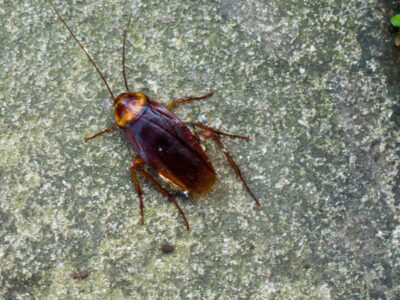
American Cockroach
Despite its name, actually originated from Africa and the Middle East

Angelshark
The angelshark’s range has contracted by more than 80% in the past century.

Ant
First evolved 100 million years ago!
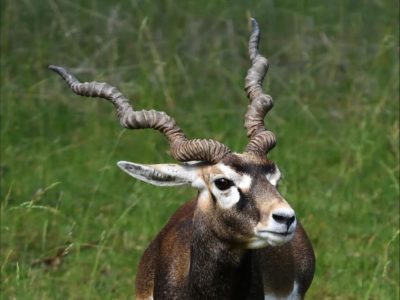
Antelope
Renew their horns every year!
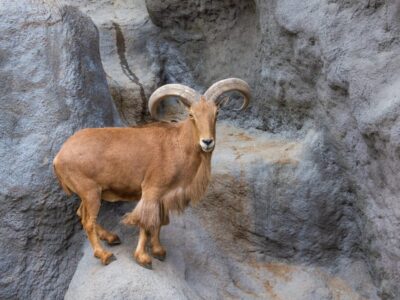
Aoudad Sheep
More aoudad sheep live in the United States than in their original North African habitat.

Armyworm
They are so named because they "march" in armies of worms from one crop to another in search of food
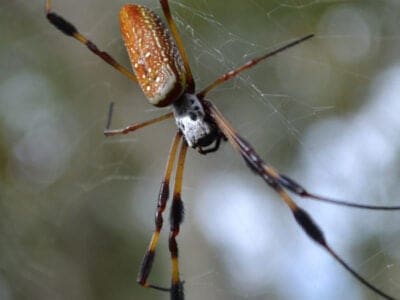
Banana Spider
People spin clothing and fishing nets out of these spiders’ silk.
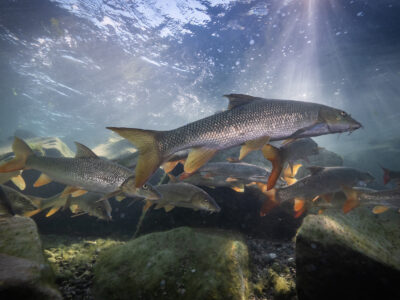
Barb
There are over 1768 known species!

Barn Owl
Found everywhere around the world!

Barn Swallow
Older offspring help care for new hatchlings.

Bat
Detects prey using echolocation!
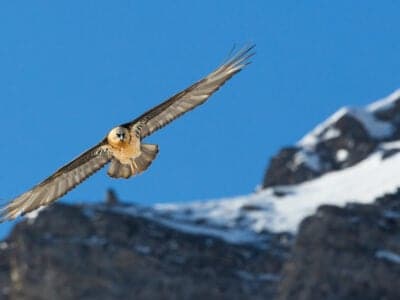
Bearded Vulture
These birds eat a diet of bones

Bed Bugs
Bed bugs feed for 4-12 minutes.

Bee
Rock paintings of bees date back 15,000 years

Beetle
There are more than 350,000 different species
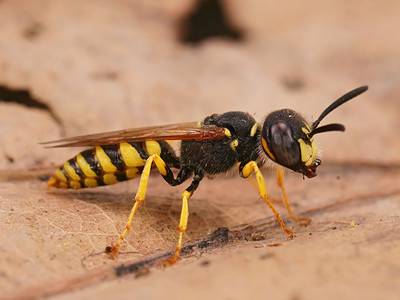
Beewolf wasp
They hunt bees

Bird
Not all birds are able to fly!

Biscuit Beetle
The biscuit beetle form a symbiotic relationship with yeast

Black Widow Spider
They typically prey on insects!
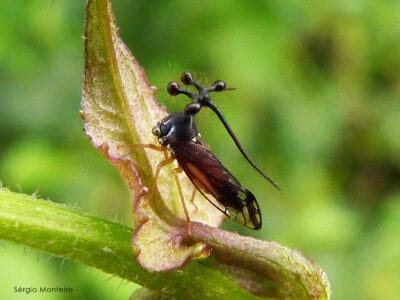
Brazilian Treehopper
“Mild-Mannered Minimonsters”
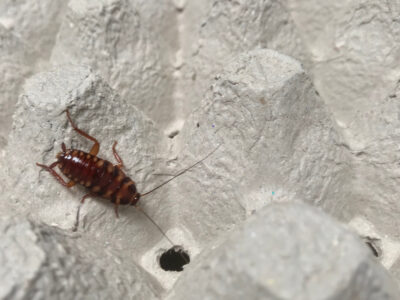
Brown-banded Cockroach
Females glue egg cases to furniture

Brown Dog Tick
Can live its entire life indoors
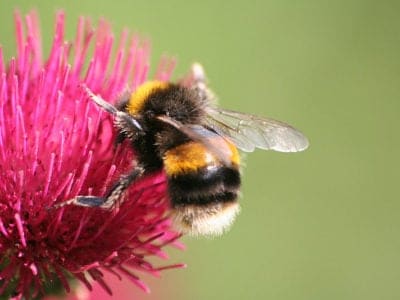
Bumblebee
The most common species of bee!

Butterfly
There are thought to be up 17,500 species!
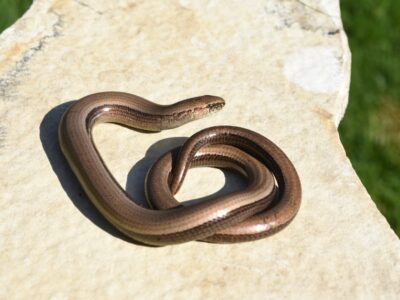
Caecilian
Some species' babies use their hooked or scraper-like teeth to peel off and eat their mother's skin
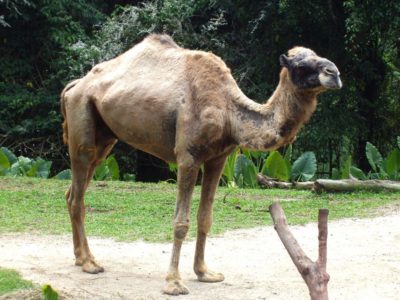
Camel
Can survive without water for 10 months!
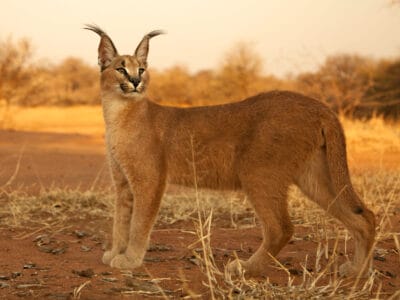
Caracal
Has 20 different muscles in it's ears!

Carpenter Ant
Carpenter ants can lift up to seven times their own weight with their teeth!
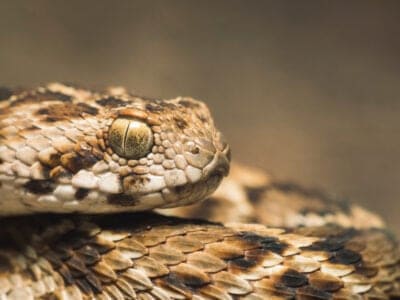
Carpet Viper
The Carpet Viper probably bites and kills more people than any other species of snake.

Cat
May have been domesticated up to 10,000 years ago.

Caterpillar
The larvae of a moth or butterfly!

Catfish
There are nearly 3,000 different species!

Centipede
There are about 3,000 documented species!
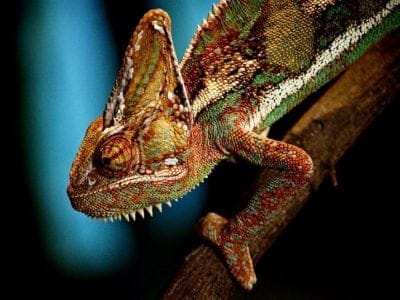
Chameleon
There are more than 160 different species!
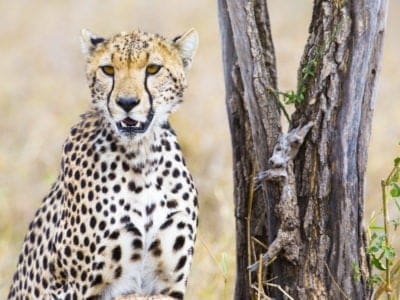
Cheetah
The fastest land mammal in the world!

Chicken
First domesticated more than 10,000 years ago!
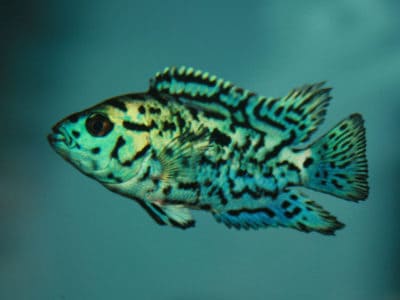
Cichlid
There are more than 2 000 known species!

Cockroach
Dated to be around 300 million years old!

Codling Moth
Pupae are able to undergo diapause to survive poor fruit yield years and winter.
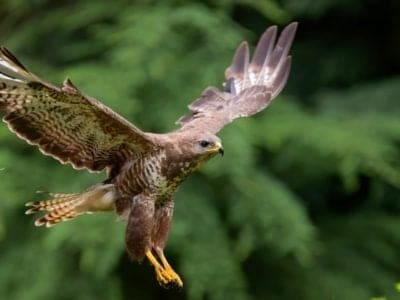
Common Buzzard
The most common raptor in the UK!

Common Furniture Beetle
The common furniture beetle feeds exclusively on wood

Common House Spider
House spiders have the ability to eat most insects in a home.

Common Raven
A group of ravens is called an unkindness or a conspiracy.

Cormorant
They can fly 35 mph and dive 150 feet below water.

Cow
There are nearly 1.5 billion worldwide!

Crab
There are 93 different crab groups

Crab Spider
Crab Spiders can mimic ants or bird droppings
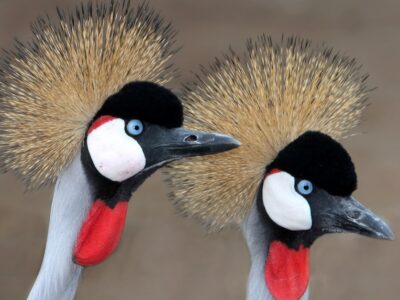
Crane
Many are critically endangered species!

Cricket
Male crickets can produce sounds by rubbing their wings together
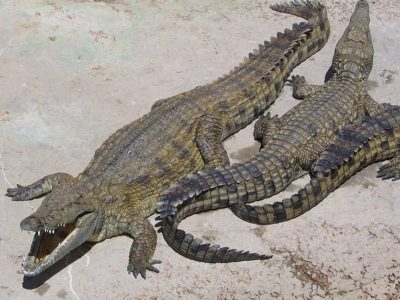
Crocodile
Have changed little in 200 million years!

Crow
A group of these birds is called a Murder.
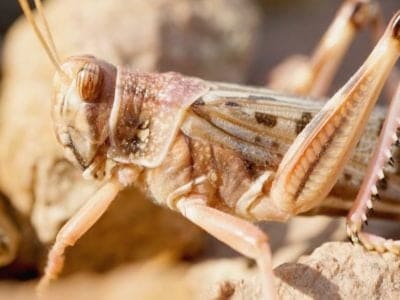
Desert Locust
Solitary locusts are grey while gregarious locusts are yellow with stripes.
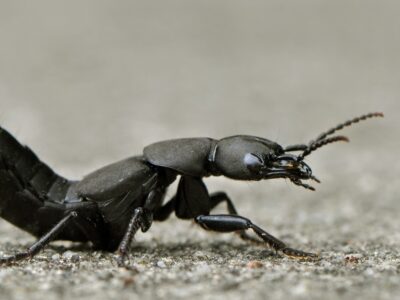
Devil’s Coach Horse Beetle
The Devil’s coach horse beetle can emit a noxious substance to deter predators

Dog
First domesticated in South-East Asia!

Dog Tick
Dog ticks feed on dogs and other mammals

Donkey
First domesticated 5,000 years ago!

Dragonfly
It's larvae are carnivorous!

Dried Fruit Moth
In the event of adverse environmental conditions, dried fruit moth larvae will become dormant and stop developing.

Duck
Rows of tiny plates line their teeth!

Dung Beetle
The dung beetle can push objects many times its own weight
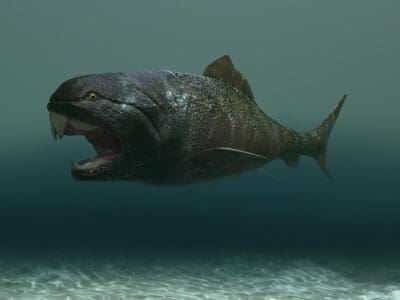
Dunkleosteus
Dunkleosteus had a bite force strong enough to cut through pirey.

Earthworm
They are hermaphrodites, which means they have male and female organs

Earwig
There are nearly 2,000 different species!

Eel
Eels can be a mere few inches long to 13 feet!
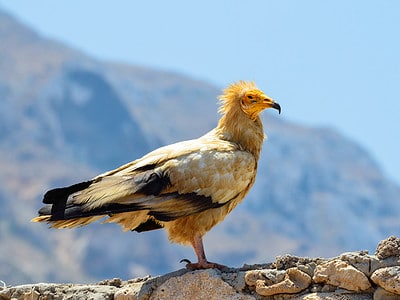
Egyptian Vulture
They steal large ostrich eggs and use rocks and pebbles to crack the shells.
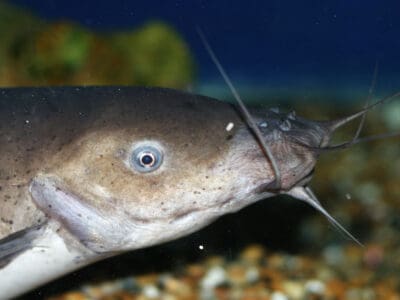
Electric Catfish
The electric catfish can discharge an electric shock up to 450 volts
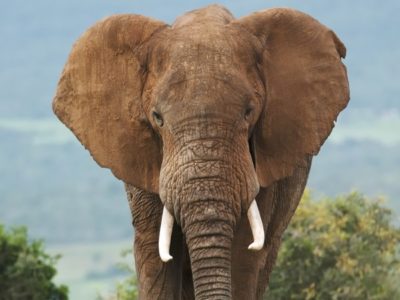
Elephant
Spends around 22 hours a day eating!
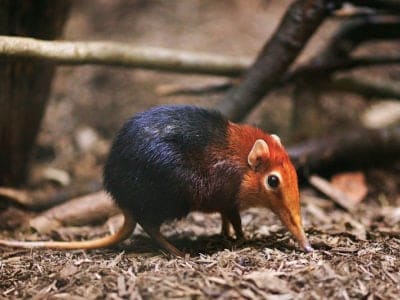
Elephant Shrew
Found exclusively on the African continent!
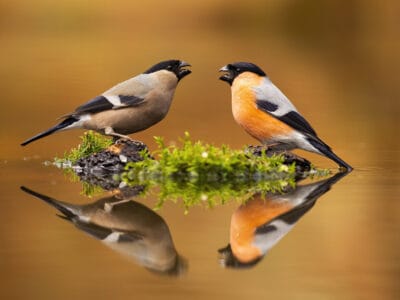
Eurasian Bullfinch
The shy eurasian bullfinch prefers to forage very close to cover.
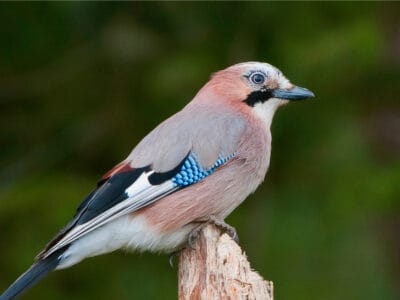
Eurasian Jay
The Eurasian jay has the ability to mimic other sounds
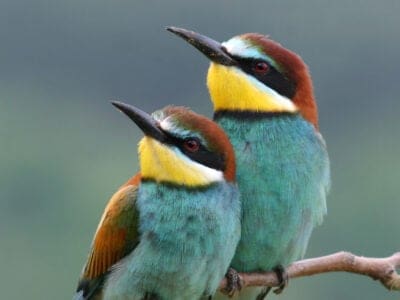
European Bee-Eater
They can eat up to 250 bees per day!
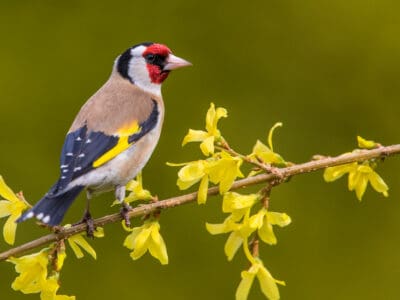
European Goldfinch
They are frequent visitors to backyard feeders, especially those containing niger seeds.
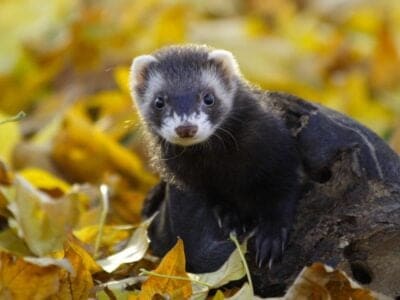
European Polecat
Its fur changes color in the winter!
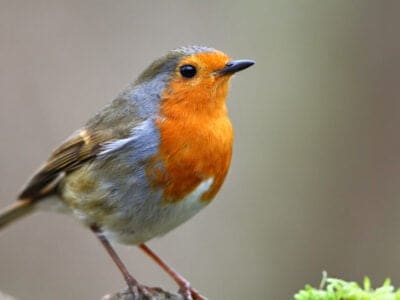
European Robin
Male robins are so aggressive and territorial that they will attack their own reflections.

Falcon
The fastest creatures on the planet!

False Widow Spider
False spiders actually prey on black widow spiders and other hazardous spiders

Fennec Fox
Found in the African Sahara Desert!
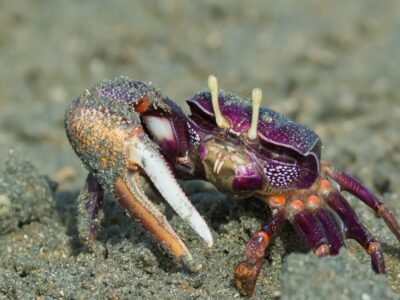
Fiddler Crab
The fiddler crab gets its name from the motion the males make with their over-sized claw during the mating ritual.

Firefly
The firefly produces some of the most efficient light in the world
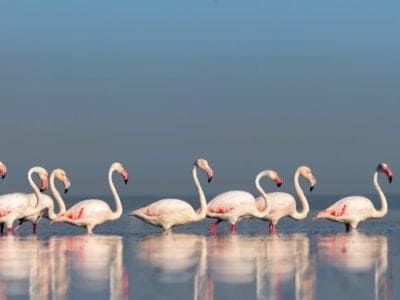
Flamingo
Sleeps on just one leg!

Flea
Adult fleas can jump up to 7 inches in the air

Fly
There are more than 240,000 different species!
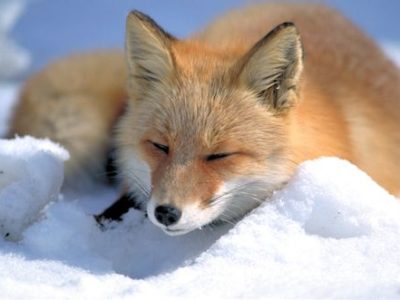
Fox
Only 12 species are considered "true foxes"
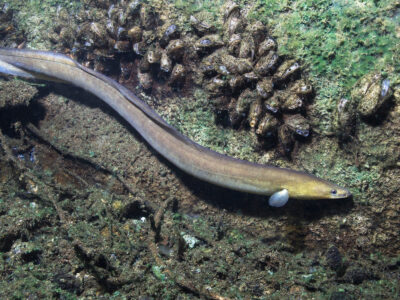
Freshwater Eel
Freshwater eels are actually catadromous, meaning they migrate to saltwater to spawn

Frog
There are around 7,000 different species!

Fruit Fly
Fruit flies are among the most common research animals in the world
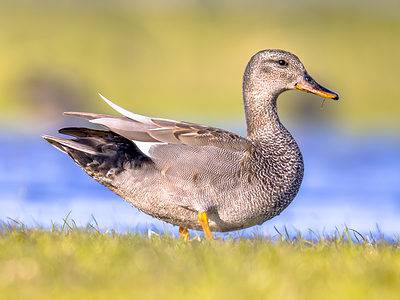
Gadwall
They make many sounds when trying to attract a mate.
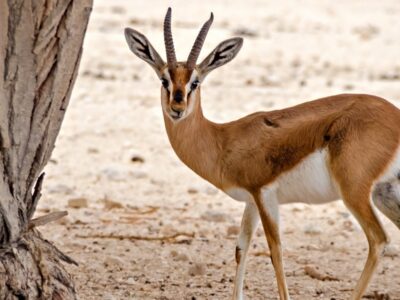
Gazelle
Named for the Arabic word for love poems
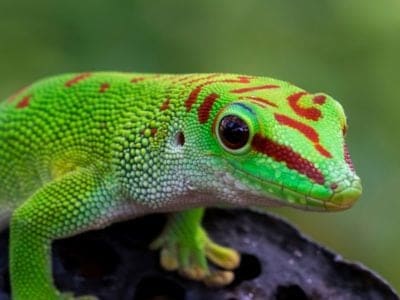
Gecko
There are thought to be over 2,000 species!
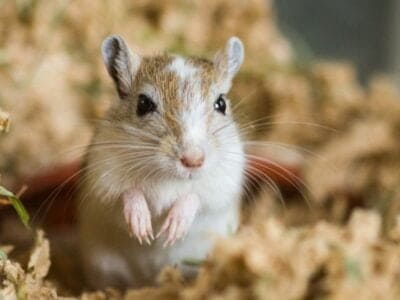
Gerbil
Originally known as the Desert Rat!

German Cockroach
The most common type of urban roach
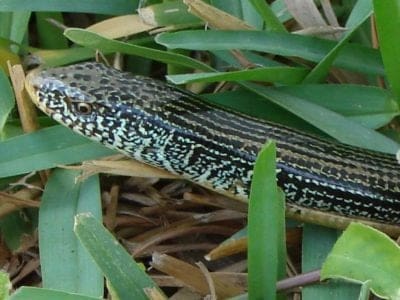
Glass Lizard
Can grow up to 4ft long!

Glowworm
Found inhabiting dense woodland and caves!

Gnat
Males form large mating swarms at dusk
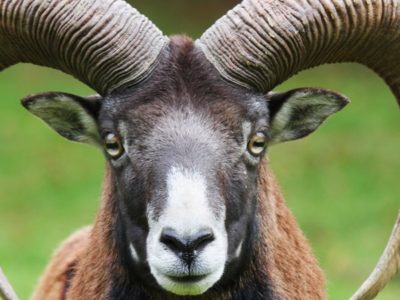
Goat
Most closely related to the Sheep!
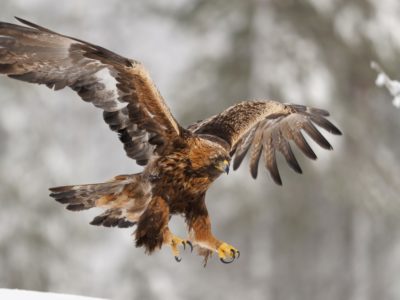
Golden Eagle
Their calls sound like high-pitched screams, but they are quiet most of the time.
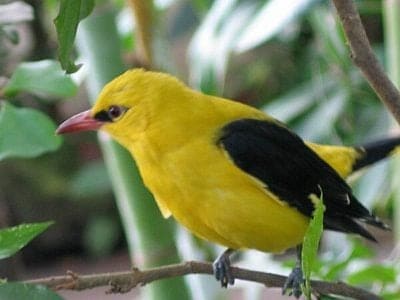
Golden Oriole
Migrates between Europe and Asia!

Grasshopper
There are 11,000 known species!
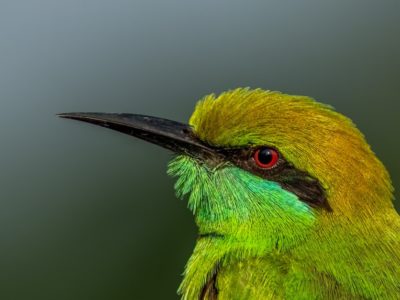
Green Bee-Eater
Mainly eats honeybees!

Gypsy Moth
One of the most invasive species in the world

Hamster
Able to run as quickly backwards as forwards!

Hare
Can reach speeds of over 50 mph!

Hawk Moth Caterpillar
Many hawk moth caterpillars eat toxins from plants, but don’t sequester them the way milkweed butterflies do. Most toxins are excreted.
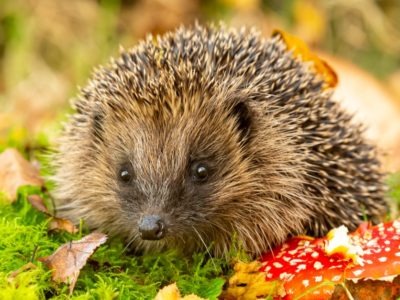
Hedgehog
Thought to be one of the oldest mammals on Earth!

Heron
Inhabits wetlands around the world!
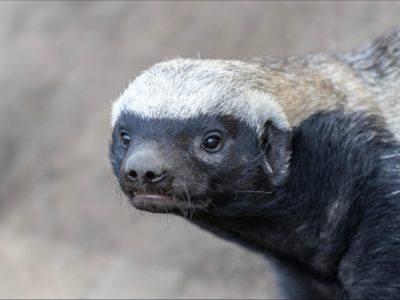
Honey Badger
One of earth's bravest creatures!

Honey Bee
There are only 8 recognized species!
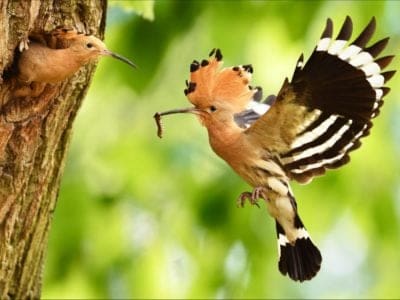
Hoopoe
Stunning bird with a stinky way to deter predators!
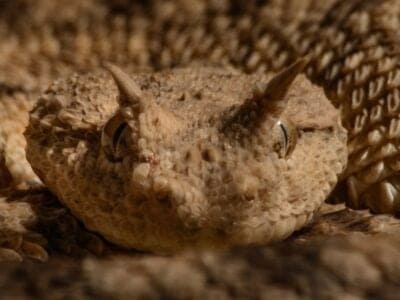
Horned Viper
Horned vipers sidewind across the desert sands of their home.

Horse
Has evolved over 50 million years!

Horsefly
Horseflies have been seen performing Immelmann turns, much like fighter jets.

Housefly
The fly has no teeth

Human
Thought to have orignated 200,000 years ago!

Huntsman Spider
Some huntsman spiders have an interesting way of moving around. Some cartwheel while others do handsprings or backflips.
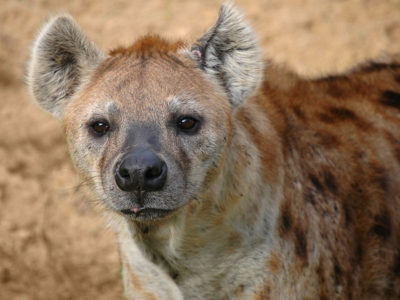
Hyena
There are four different species!
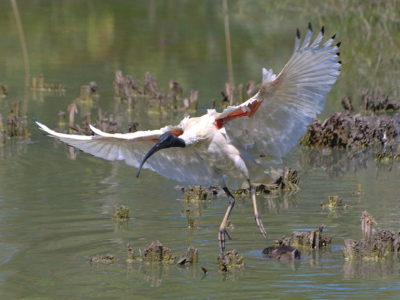
Ibis
Found in swamps, marshes and wetlands!

Insects
There are an estimated 30 million species!
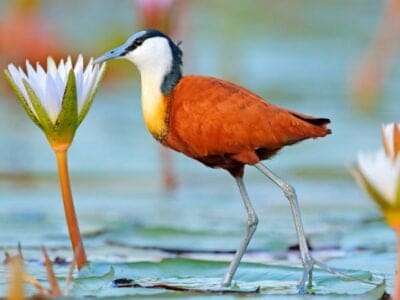
Jacana
The jacana has the ability to swim underwater
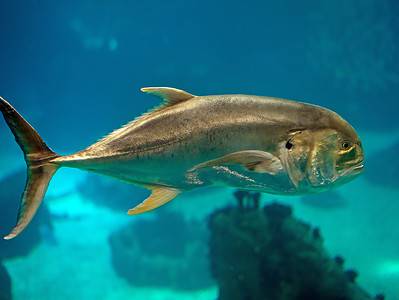
Jack Crevalle
One of the biggest species in the Caranx genus
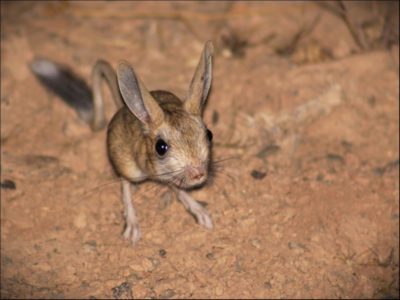
Jerboa
Tiny rodent with a kangaroo-like jump!

Jumping Spider
Some can jump 50 times the length of their bodies

Kingfisher
Inhabits wetlands and woodlands worldwide!

Ladybug
There are more than 5,000 species worldwide!

Leech
Has 10 pairs of eyes!

Liger
The offspring of a lion and tiger parents!
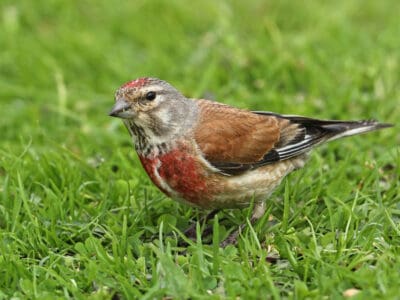
Linnet
While linnets are monogamous during mating season, they do not mate for life. While breeding pairs are together, the males are highly territorial and will defend the nesting site and the surrounding area.

Lizard
There are around 5,000 different species!

Locust
Each locust can eat its weight in plants each day.

Macaque
Macaque females will pass on their social rankings to their daughters
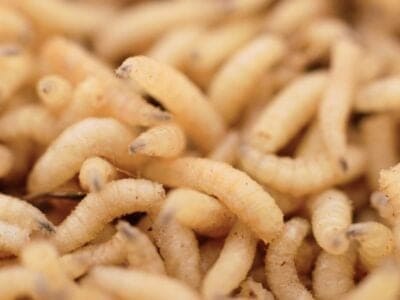
Maggot
Will only live in wet areas
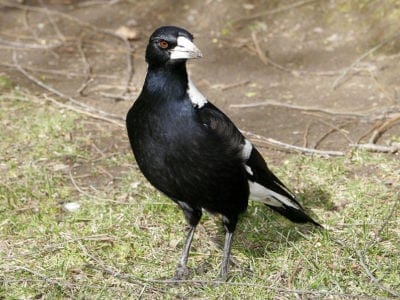
Magpie
They are found across Europe, Asia and Africa!
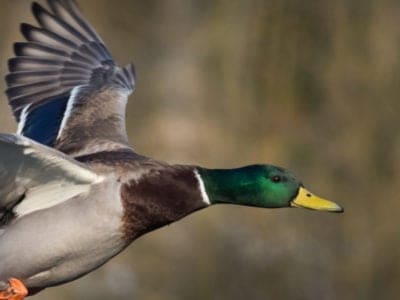
Mallard
With an appropriate tail wind, the mallard can travel hundreds of miles a day

Mayfly
There are 2,500 known species worldwide!

Mealybug
They have a symbiotic relationship with ants.

Millipede
Some species have a poisonous bite!

Mole
Primarily hunts and feeds on Earthworms!
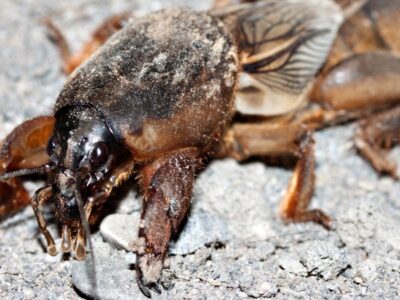
Mole Cricket
Adult Mole crickets may fly as far as 5 miles during mating season and are active most of the year.
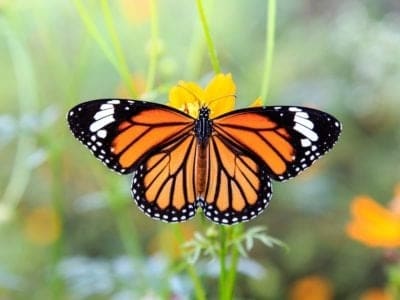
Monarch Butterfly
During migration, Monarch Butterflies may travel 250 or more miles each day.
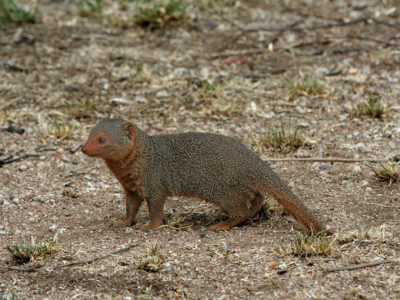
Mongoose
Range in size from just 1 to 3 foot!

Mongrel
Has characteristics of two or more breeds!
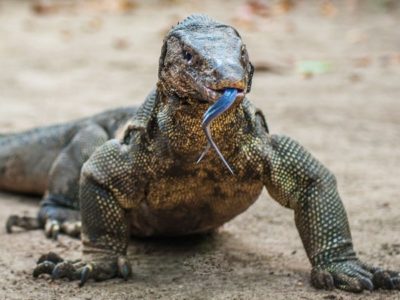
Monitor Lizard
Some species are thought to carry a weak venom!
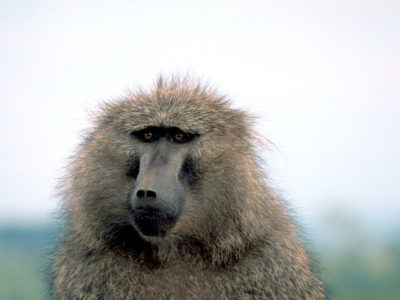
Monkey
There are around 260 known species!

Moorhen
Feeds on aquatic insects and water-spiders!

Mosquito
Only the female mosquito actually sucks blood

Moth
There are 250,000 different species!

Mouse
Found on every continent on Earth!

Mule
The offspring of a horse and donkey parents!

Nematode
Nematodes range in size from 1/10 of an inch to 28 feet long
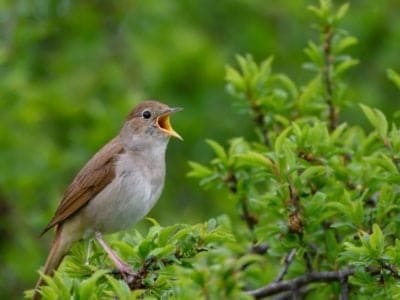
Nightingale
Named more than 1,000 years ago!

No See Ums
There are more than 5,000 species.
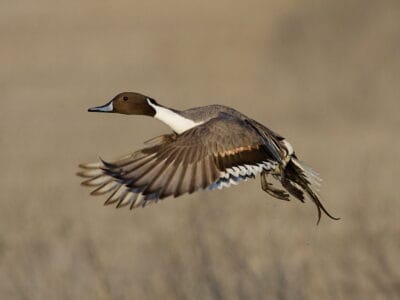
Northern Pintail
Northern pintails migrate at night with speeds reaching 48 miles per hour!

Orb Weaver
Females are about four times the size of males
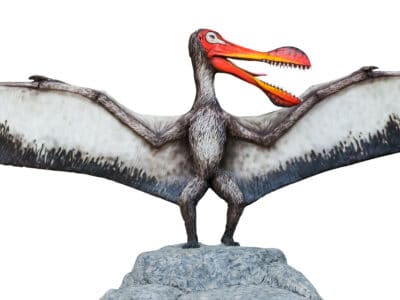
Ornithocheirus
Scientists once considered the Ornithocheirus an ancestor to modern birds
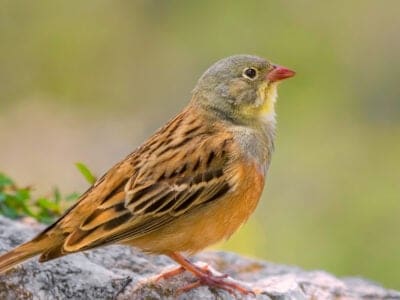
Ortolan Bunting
The tradition of hiding your face with a napkin or towel while eating this bird was begun by a priest who was a friend of the great French gastronome Jean Anthelme Brillat-Savarin.

Osprey
They reuse nesting sites for 70 years!

Otter
There are 13 different species worldwide

Owl
The owl can rotate its head some 270 degrees
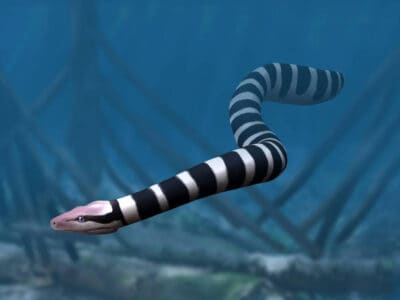
Palaeophis
This snake was as long as a school bus!
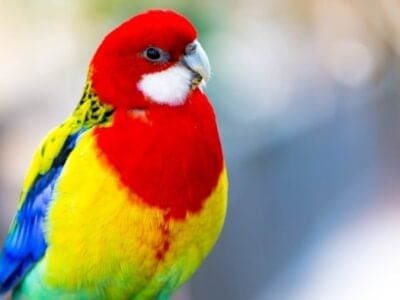
Parakeet
Monk parakeets are the only parakeets that actually build nests. They’re also the only parakeets to nest in great colonies.
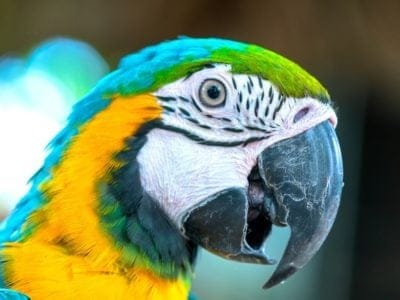
Parrot
Can live for up to 100 years!

Peregrine Falcon
Fastest animal on Earth

Pheasant
Females lay between 8 and 12 eggs per clutch!

Pigeon
They can find their way back to their nests from up to 1300 miles away.
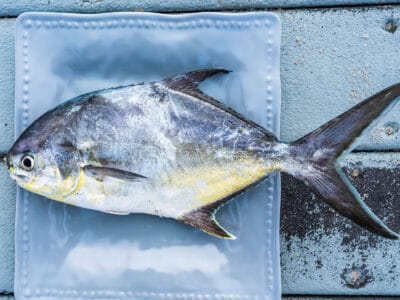
Pompano Fish
They are bottom-feeders
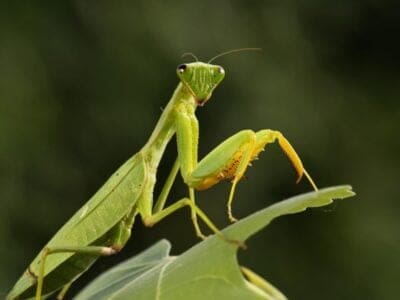
Praying Mantis
The mantis can turn its head 180 degrees.
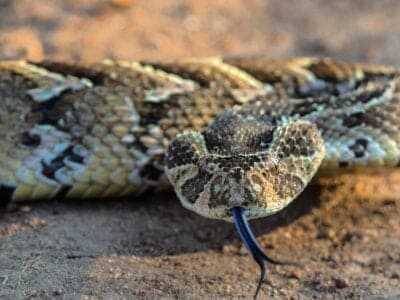
Puff Adder
This large snake is so-named because it will puff up its body to appear bigger than it is when directly threatened by a predator or person.
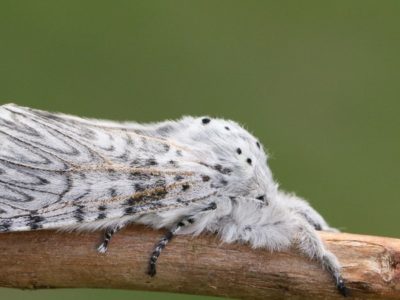
Puss Moth
Caterpillars squirt formic acid!

Quail
Inhabits woodland and forest areas worldwide!

Rabbit
There are more than 300 different species!

Rat
Omnivores that eat anything!
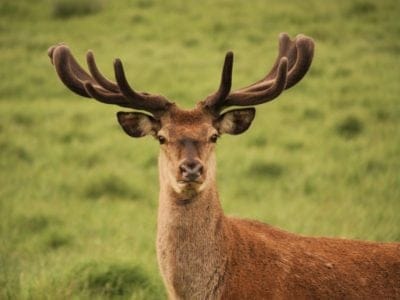
Red Deer
A male red deer shows his age in his antlers, which become longer and more branched every year.
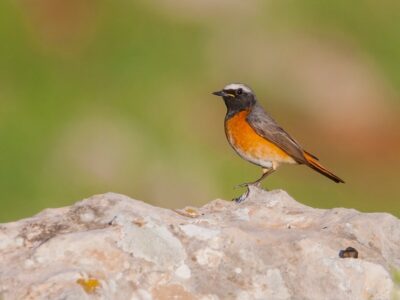
Redstart
They build their nests off the ground in tree holes, cavities, stone walls, and roofs
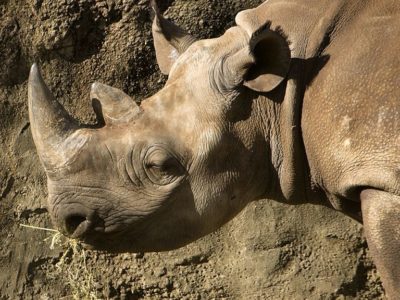
Rhinoceros
It's horns are made from keratin!

River Turtle
Inhabits freshwater habitats around the world!

Robin
There are more than 45 species in Australia alone!

Rodents
The capybara, the world’s largest rodent, likes to be in and around bodies of water. Because of this, the Catholic Church in South America decided that it was a fish, and people were allowed to eat it during Lent and First Fridays.

Rooster
Will mate with the entire flock!

Sable Ferret
Ferrets were used during the Revolutionary War to keep down the rat population.
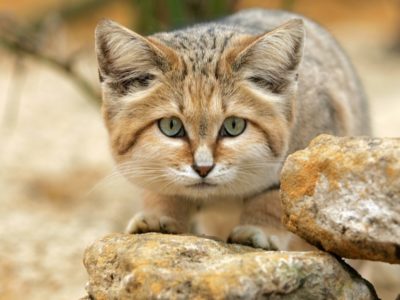
Sand Cat
They can survive for weeks without drinking water because the get moisture from their prey.
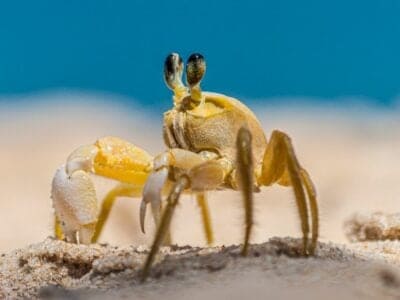
Sand Crab
The sand crab burrows beneath the sand with its tail
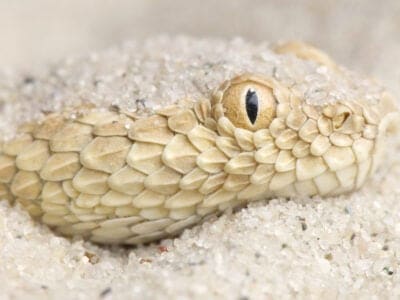
Sand Viper
Sand vipers are nuisance snakes in some areas.
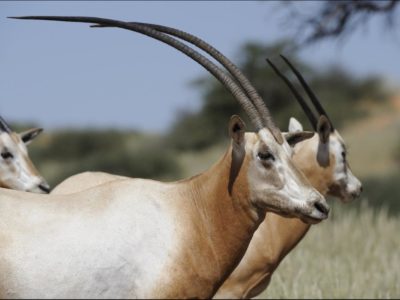
Scimitar-horned Oryx
Believed to be the inspiration for unicorn myths!

Scorpion
There are around 2,000 known species!

Sea Eagle
The sea eagle tends to mate for life with a single partner

Seahorse
Males give birth to up to 1,000 offspring!

Sheep
Around 35 million in the English countryside!
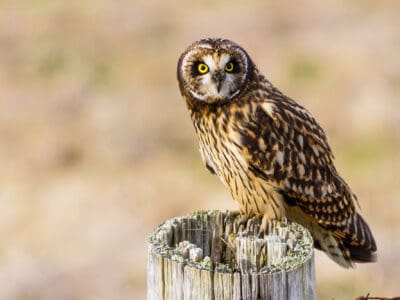
Short-Eared Owl
The short-eared owl is one of the most widespread owl species in the world, covering five continents.

Shrew
The spinal column of the shrew Scutisorex somereni is so strong and reinforced that it can support the weight of an adult human.

Shrimp
There are 2,000 different species worldwide!
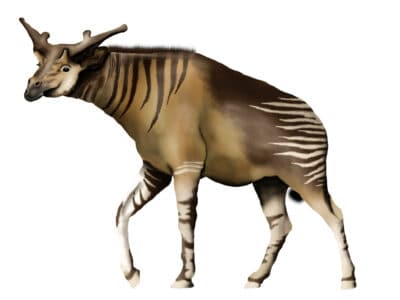
Sivatherium
Sivatherium was a large giraffid and also one of the largest ruminants of all-time.

Skink Lizard
Some skinks lay eggs in some habitats while giving birth to skinklets in other habitats.

Slug
They glide around on one foot, which is aided by the slime they produce

Smokybrown Cockroach
Has up to 45 eggs per egg case

Snail
There are nearly 1,000 different species!

Snake
There are around 4,000 known species worldwide
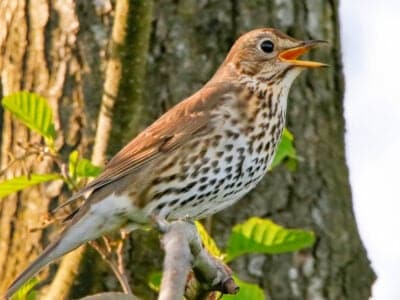
Song Thrush
A male song thrush can have over 100 phrases in his repertoire of songs and can imitate pet birds, telephones and other man-made objects.

Sparrow
There are 140 different species!

Spider Wasp
They prey on spiders to feed their larvae or they parasitize other spider wasps.

Spinosaurus
The Spinosaurus is the biggest carnivorous dinosaur ever discovered!

Squirrel
Small rodents found in woodlands worldwide!

Stick Insect
There are more than 3,000 different species!
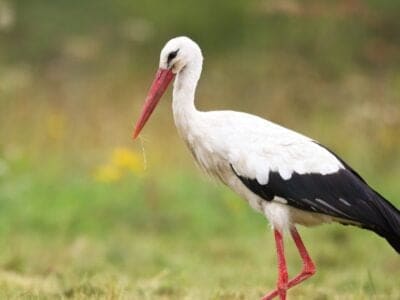
Stork
They can’t sing like other birds.
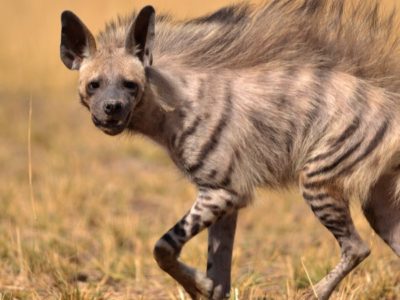
Striped Hyena
The striped hyenas usually mark their territories with the help of the scent gland secretions from their anal pouch.

Swan
Populations have been affected by pollution!
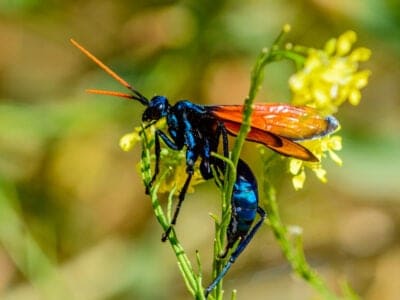
Tarantula Hawk
Tarantula hawks are excellent pollinators, especially for milkweed.

Termite
Their mounds can be up to 9 meters tall!

Theropod
Some theropods had feathers and may have been ancestors of modern birds.
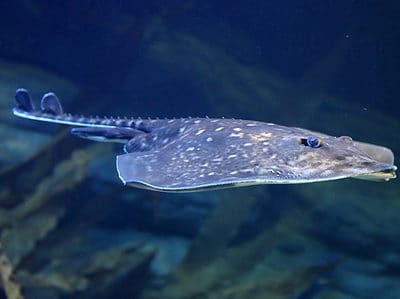
Thornback Ray
The skate with the biggest spines!

Thrush
The American robin is called the robin because its red breast reminded European settlers of the robin back in the old country.

Tick
They inject hosts with a chemical that stops them from feeling the pain of the bite

Tiger Beetle
The adult tiger beetle is one of the fastest land insects in the world

Tortoise
Can live until they are more than 150 years old!

Tree Frog
Found in warmer jungles and forests!

Turtles
Some species of aquatic turtles can get up to 70 percent of their oxygen through their butt.
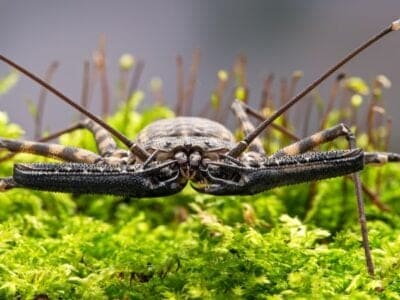
Vinegaroon
Vinegaroons can spray 19 times before the glands are depleted
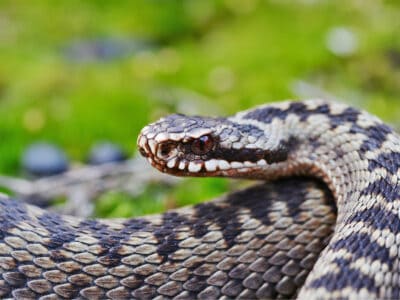
Viper
Vipers are one of the most widespread groups of snakes and inhabit most

Vulture
There are 30 different species worldwide!

Wasp
There are around 75,000 recognised species!
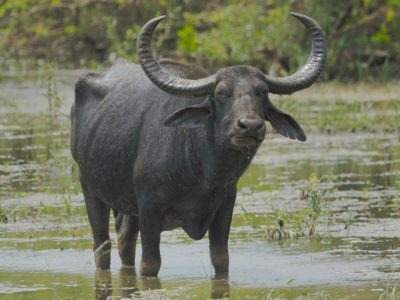
Water Buffalo
Has been domesticated for thousands of years!

White Ferret / Albino Ferrets
There are two different types of white ferrets!

Wolf Spider
Carnivorous arachnid that hunts its prey.

Woodlouse
This animal can roll up into a ball
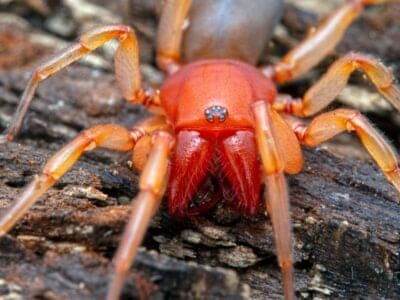
Woodlouse Spider
Unlike most spiders, woodlouse spiders don’t build a web.

Woodpecker
There are 200 different species!

Worm
Doesn’t have eyes.
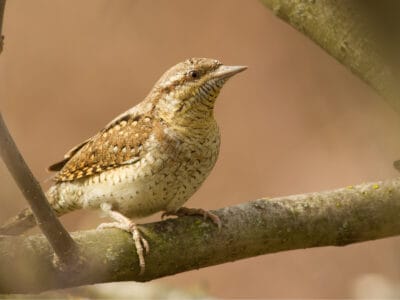
Wryneck
They feign death by making their bodies limp and closing their eyes.
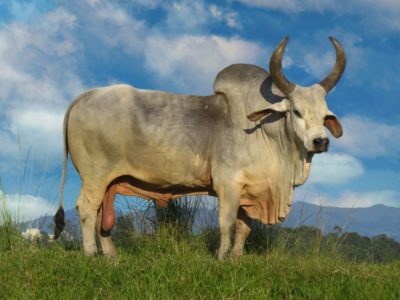
Zebu
There are around 75 different species!
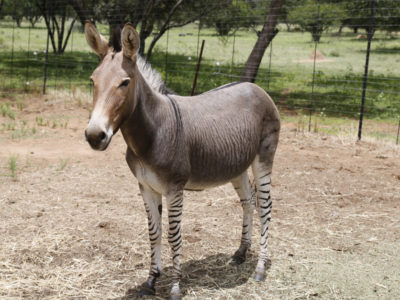
Zonkey
The offspring of Zebra and Donkey parents!
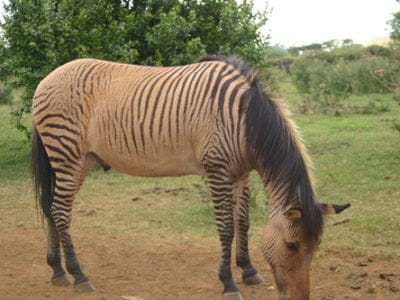
Zorse
The offspring of a Zebra and Horse parents!
Moroccan Animals List
- Addax
- Admiral Butterfly
- Aidi
- American Cockroach
- Angelshark
- Ant
- Antelope
- Aoudad Sheep
- Armyworm
- Banana Spider
- Barb
- Barn Owl
- Barn Swallow
- Bat
- Bearded Vulture
- Bed Bugs
- Bee
- Beetle
- Beewolf wasp
- Bird
- Biscuit Beetle
- Black Widow Spider
- Brazilian Treehopper
- Brown-banded Cockroach
- Brown Dog Tick
- Bumblebee
- Butterfly
- Caecilian
- Camel
- Caracal
- Carpenter Ant
- Carpet Viper
- Cat
- Caterpillar
- Catfish
- Centipede
- Chameleon
- Cheetah
- Chicken
- Cichlid
- Cockroach
- Codling Moth
- Common Buzzard
- Common Furniture Beetle
- Common House Spider
- Common Raven
- Cormorant
- Cow
- Crab
- Crab Spider
- Crane
- Cricket
- Crocodile
- Crow
- Cuckoo
- Desert Locust
- Devil’s Coach Horse Beetle
- Dog
- Dog Tick
- Donkey
- Dormouse
- Dragonfly
- Dried Fruit Moth
- Duck
- Dung Beetle
- Dunkleosteus
- Earthworm
- Earwig
- Eel
- Egyptian Vulture
- Electric Catfish
- Elephant
- Elephant Shrew
- Eurasian Bullfinch
- Eurasian Jay
- European Bee-Eater
- European Goldfinch
- European Polecat
- European Robin
- Falcon
- False Widow Spider
- Fennec Fox
- Fiddler Crab
- Firefly
- Flamingo
- Flea
- Fly
- Fox
- Freshwater Eel
- Frog
- Fruit Fly
- Gadwall
- Gazelle
- Gecko
- Gerbil
- German Cockroach
- Glass Lizard
- Glowworm
- Gnat
- Goat
- Golden Eagle
- Golden Oriole
- Grasshopper
- Green Bee-Eater
- Gypsy Moth
- Hamster
- Hare
- Hawk Moth Caterpillar
- Hedgehog
- Heron
- Honey Badger
- Honey Bee
- Hoopoe
- Horned Viper
- Horse
- Horsefly
- Housefly
- Human
- Huntsman Spider
- Hyena
- Ibis
- Insects
- Jacana
- Jack Crevalle
- Jerboa
- Jumping Spider
- Kingfisher
- Ladybug
- Leech
- Liger
- Linnet
- Lizard
- Locust
- Macaque
- Maggot
- Magpie
- Mallard
- Mayfly
- Mealybug
- Millipede
- Mole
- Mole Cricket
- Monarch Butterfly
- Mongoose
- Mongrel
- Monitor Lizard
- Monkey
- Moorhen
- Mosquito
- Moth
- Mouse
- Mule
- Nematode
- Nightingale
- No See Ums
- Northern Pintail
- Orb Weaver
- Ornithocheirus
- Ortolan Bunting
- Osprey
- Otter
- Owl
- Palaeophis
- Pantaloon Bee
- Parakeet
- Parrot
- Peregrine Falcon
- Pheasant
- Pigeon
- Pompano Fish
- Praying Mantis
- Puff Adder
- Puss Moth
- Quail
- Rabbit
- Rat
- Red Deer
- Redstart
- Rhinoceros
- River Turtle
- Robin
- Rodents
- Rooster
- Sable Ferret
- Sand Cat
- Sand Crab
- Sand Viper
- Scimitar-horned Oryx
- Scorpion
- Sea Eagle
- Seahorse
- Sheep
- Short-Eared Owl
- Shrew
- Shrimp
- Sivatherium
- Skink Lizard
- Slug
- Smokybrown Cockroach
- Snail
- Snake
- Song Thrush
- Sparrow
- Spider Wasp
- Spinosaurus
- Squirrel
- Stick Insect
- Stork
- Striped Hyena
- Swallowtail Butterfly
- Swan
- Tarantula Hawk
- Termite
- Theropod
- Thornback Ray
- Thrush
- Tick
- Tiger Beetle
- Tortoise
- Tree Frog
- Turtles
- Vinegaroon
- Viper
- Vulture
- Wasp
- Water Buffalo
- White Ferret / Albino Ferrets
- Wolf Spider
- Woodlouse
- Woodlouse Spider
- Woodpecker
- Worm
- Wryneck
- Zebu
- Zonkey
- Zorse
Animals in Morocco FAQs (Frequently Asked Questions)
What animals live in Morocco?
Several species of birds, reptiles, insects, rodents, cats, dogs, working and farm animals (horses, sheep, goats, camels), as well as marine wildlife, live in Morocco.
What is the most dangerous animal in Morocco?
The most dangerous animal in Morocco is either of 4 of the most venomous snake species: Puff adder, Indian cobra, the Egyptian cobra, and the horned viper.
Do giraffes live in Morocco?
No. West African giraffes went extinct in the country in 600 CE due to the harsh Saharan climate.
Are there elephants in Morocco?
Yes, although there are only 3 in the country, Morocco has been listed as a habitat range state for West African elephants.
What wildlife live in the desert in Morocco?
The Fennec fox, single-humped camel (also called Arabian camel or dromedary), Dorcas gazelle, jerboa, desert hedgehog, Dab lizard and Berber skink are the most well-known desert fauna in Morocco.




